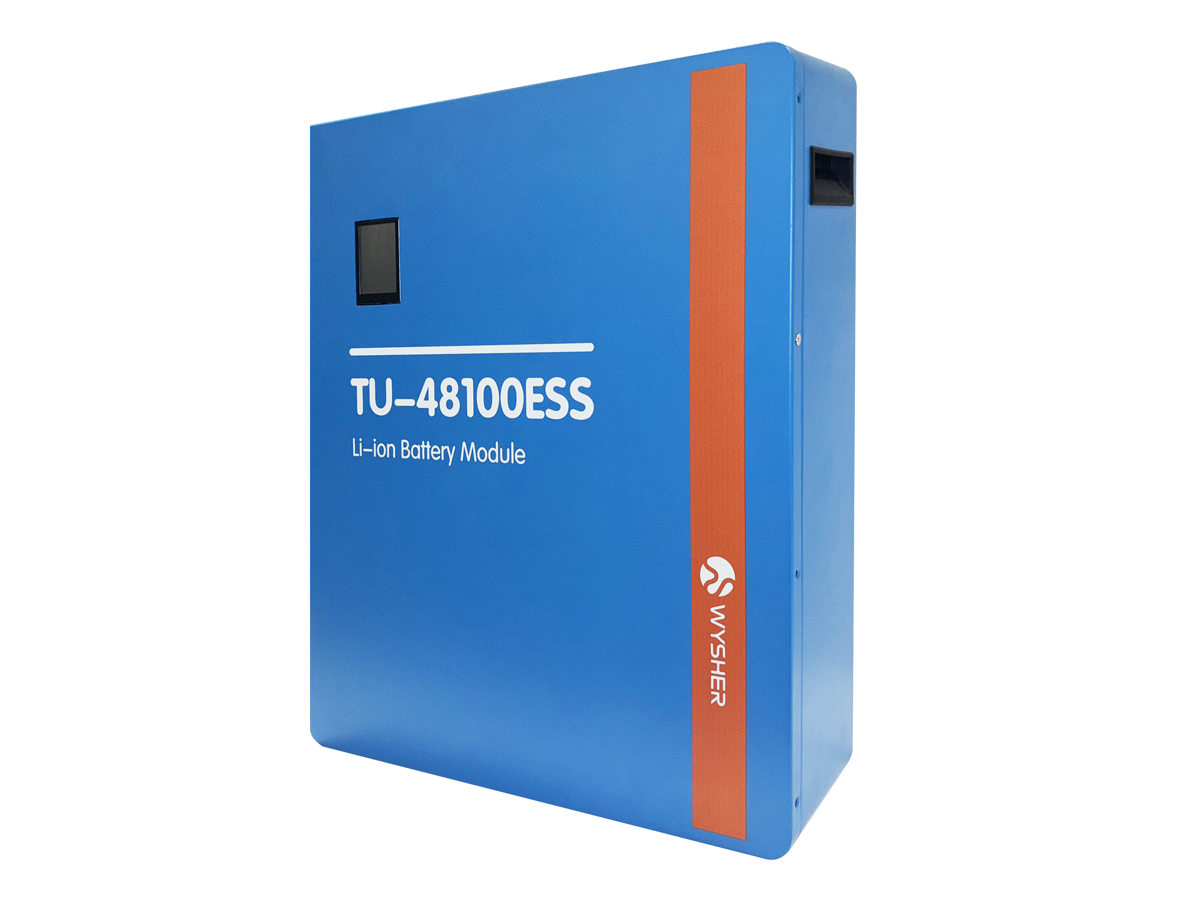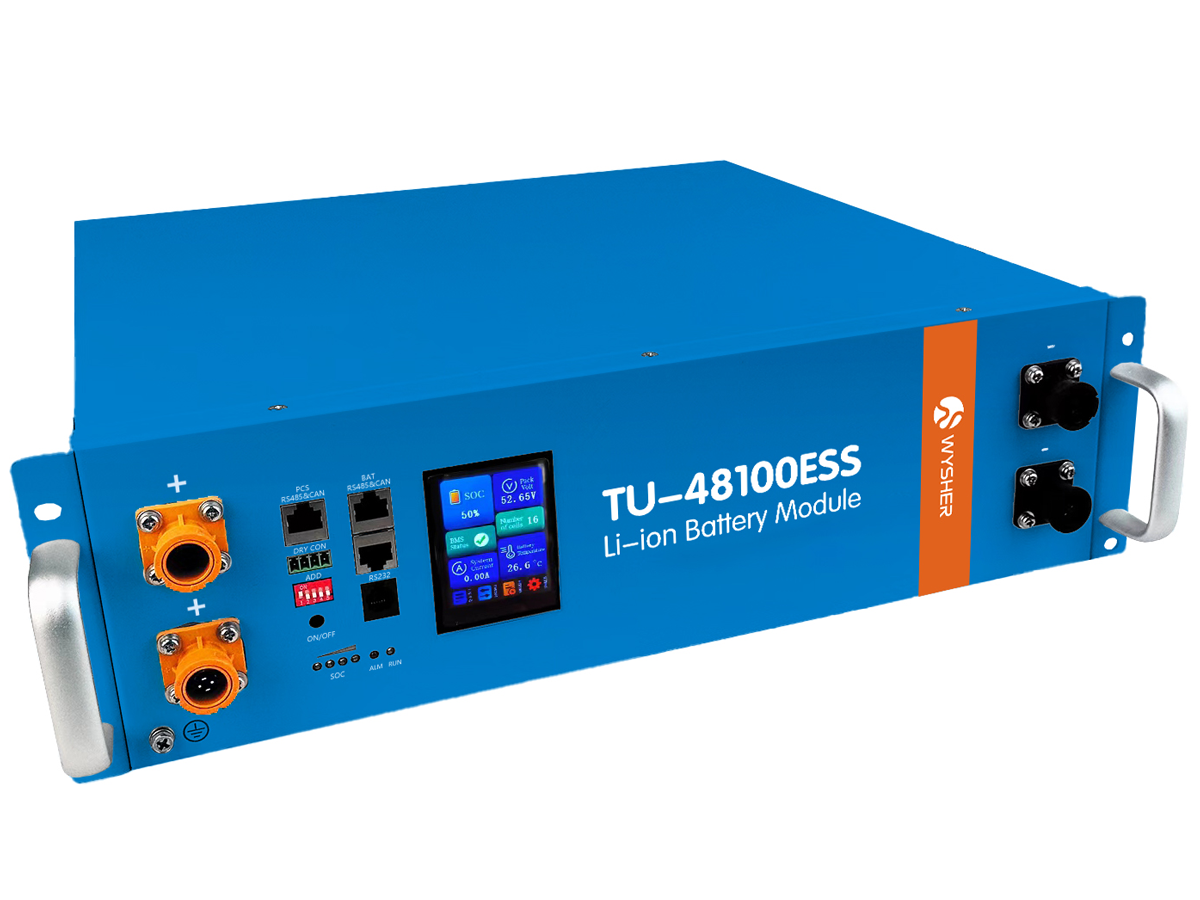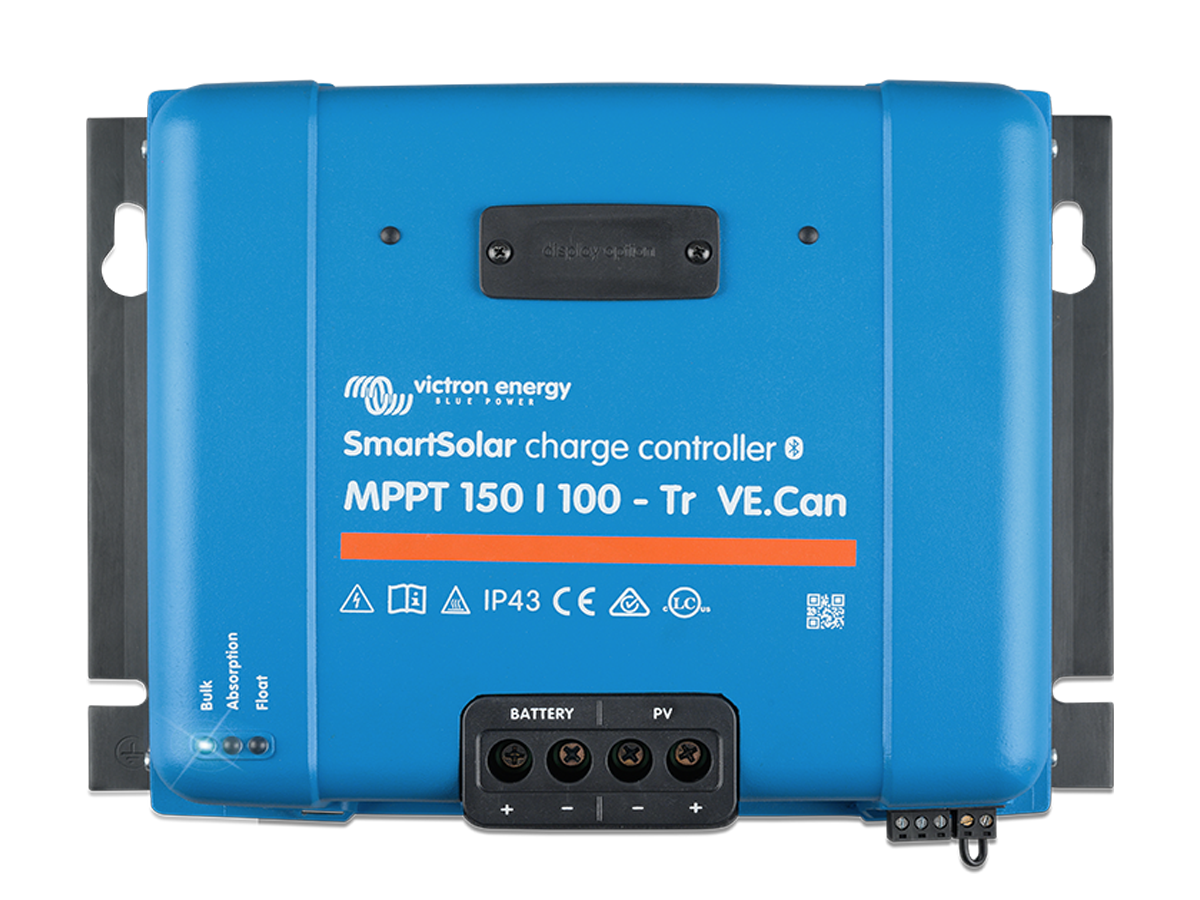With the popularization and promotion of new energy concepts, new energy vehicles have gradually entered millions of households. New energy vehicles, as a new car purchase option for ordinary people, have begun to invade the market that originally belonged to traditional fuel vehicles. It is currently the largest new energy vehicle. In the market, Chinese companies rely on new energy vehicles to stand on the same starting line with foreign companies for the first time. The continuous emergence of new technologies and processes has given China's new energy vehicle industry more confidence to look at the world and focus on the future.
When it comes to the core key of traditional fuel vehicles, it is naturally inseparable from the so-called "three major parts": engine, chassis and gearbox. In these "three major parts", foreign automakers headed by Germany, Japan and the United States are already behind in technology. consensus. In new energy electric vehicles, there are also commonly known "three major pieces": batteries, motors, and electronic controls. Since new energy electric vehicles are still relatively new industries globally, the start of companies in various countries is not very different. This allows Chinese enterprises to compete with foreign enterprises in the automobile, a multi-purpose power drive tool that was invented in 1886 to the present. This article focuses on introducing the electronic control in the "three major parts" of new energy electric vehicles (commonly known as the battery management system BMS in the industry).
 Victron Markets-Backup and Off-grid|How do you build scalable, cost-effective and robust off-grid systems that provide peace of mind?2025-03-31
Victron Markets-Backup and Off-grid|How do you build scalable, cost-effective and robust off-grid systems that provide peace of mind?2025-03-31 Horizon 2025 Spring Festival Annual Meeting&Family Day Feast Successfully Ended2025-01-16
Horizon 2025 Spring Festival Annual Meeting&Family Day Feast Successfully Ended2025-01-16 Horizon Made A Brilliant Appearance At Electronica 20242024-11-14
Horizon Made A Brilliant Appearance At Electronica 20242024-11-14 Explore The Components, Meet Horizon At Electronica 2024!2024-11-14
Explore The Components, Meet Horizon At Electronica 2024!2024-11-14
- Tel:
- Mob:
- Email:
- Add:









